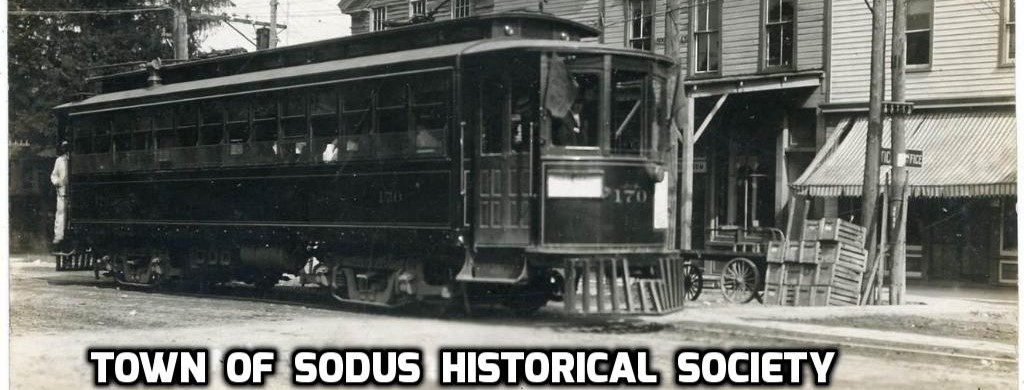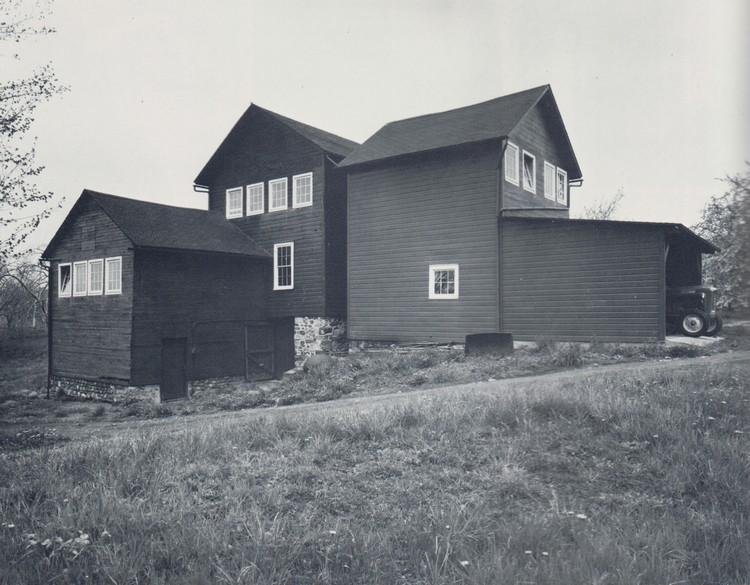Menu
- About
- Mission Statement
- Joining our Society
- Hamlets
- Alton
- Alton in 1902
- Alton’s Sergeant York – Page
- Alton (Espenscheid) Cemetery
- The History of Alton (1812 – 1979) – Page
- Alasa Farm (1823 – Present) – Page
- Hobos in Alton
- Private Charles McDowell – Page
- Seth Cole (1829 – 1903) – Page
- Collier Cobblestone House (1840) – Page
- Alton United Methodist Church circa 1855 – page
- Alton House (1866 – 1986) – Page
- Dry Houses (1870 – 1950s) – Page
- Alton Train Depot (1872) – Page
- Alton Canning Company – Page
- Women’s Suffrage Comes to Alton (1910) – page
- Eastover Manor (1927) – Page
- Band of Brothers (1945) – Page
- Joy
- Sodus Center
- Sodus Center Fire Department – 100 years of service to the community
- Taylor Brower – The “Helen Keller” of Sodus Center
- Gone Fishing
- Sodus Center Cemetery
- Sodus Center Mills (1860s) – Page
- The Runaway Bride of Sodus Center (1897)
- Sodus Center Opera Hall (circa 1899) – Page
- Sodus Center Train Station – Page
- Civil War Letters – Page
- Edward Chandler Delano – Page
- Delano Park
- Red Brick Church Meeting House – Page
- Sodus Center Hotel (1914) – Page
- South Sodus
- Wallington
- 1800s
- Early Settlement (1794 – 1811) – Page
- First Town Meeting (1811) – Page
- The story of how Christian Holler Rd. got its name (1823) – Page
- Wallington Cobblestone Schoolhouse (1826 – Present) – Page
- Walling Tavern (1834) – Page
- Katherine Olmsted / Normandy Inn (1886 – 1964) – Page
- Cock Fighting in Wallington (1895) – Page
- 1900s
- 1800s
- Alton
- Villages
- Sodus
- The Tripp Brothers
- Businesses
- Civil War Letters
- Churches
- Masonic Lodge #392
- Memories
- Old Sodus Photos
- 1800 – Page
- 1900 – Page
- Ray Tinkepaugh Rural Carrier (1900 – 1933)
- West of Sodus Feb 15, 1902 – Page
- Maple St. Looking South early 1900s – page
- 1906 Murderers in Sodus – Page
- 1906 Sodus Firemen – Page
- Sodus Train Crash – 1906 – Page
- 1908 Mill Street Looking South – Page
- 1908 U.S. Army – Page
- 1910 Booster Day – Page
- 1910 Gypsy Camp – Page
- 1910 Sodus Train Station – Page
- 1917 Paving Sodus – Page
- Old Sodus Academy after 1918 – Page
- Myers Hospital circa 1920 – Page
- 1934 Sodus Senior Class – Page
- 1938 Hotel Sodus
- 1950s – LaGasse & Son Gas Station
- Early History of Sodus (1809 – 1900s) – Page
- 1800s
- 1900s
- Trolley (1900 – 1929) – Page
- Doris M. Sims
- Trolley (1900 -1929) Part 2- Page
- The Day the Trolley Died
- Was the 1906 Fire in Sodus a Result of Arson?
- Teddy Roosevelt Comes to Sodus (1914) – Page
- Village of Sodus Incorporation – 1918
- Longest Running Tavern in Sodus (1934 – Present)
- WW II Air Raid Observation Posts (1941)
- Hobos in Sodus – Page
- Telephone Operators (1950s) – Page
- Opera Houses
- Twelfth Night
- Underground Railroad
- Sodus Point
- Sodus
- Murals
- Alton
- Sodus
- Sodus Point
- Blessing of the Murals – Page
- Battle of Sodus Point Mural – Page
- Charter Boats Mural – Page
- Coal Trestle Mural – Page
- Historic Sodus Point Mural – Page
- Lighthouse Mural – Page
- Native American Fishing Mural – Page
- Sodus Bay Lighthouse Underground Railroad Mural – Page
- Steamship Era Mural – Page
- Underground Railroad in Sodus Point Mural – Page
- Willow Park Murals
- Plaques
- Sodus
- Sodus Center
- Sodus Point
- Plaques
- 1812 Peace Garden Plaque – Page
- Asher Warner Plaque – Page
- Black Community Plaque/Marker – Page
- Captain Wickham Plaque – Page
- Coal Trestle Plaque – Page
- Lighthouse Keeper’s House Plaque – Page
- Macyville Trail Plaque – Page
- Old Sodus Lighthouse Plaque – Page
- Robert Trent Jones, Sr. Plaques – Page
- Trolley – Page
- Underground RR – Page
- WW II POW Camp Plaque – Page
- Interpretive Panels
- Plaques
- Wallington
- Our Veterans
- Links
- Sodus Web Cam
- Upcoming Events
- Quirky Stories
- Contact Info
- Buildings
- Maps
- Alton Map (1901) – Page
- Joy Map (1901) – Page
- Sodus Center Map (1901) – Page
- South Sodus (1901) – Page
- Village of Sodus Map (1901) – Page
- Village of Sodus Point Maps (1901) – Page
- Wallington Map (1901) – Page
- Rest of Town of Sodus (1901) – Page
- Trolley Map of Sodus and Sodus Point (early 1900s)
- Sodus Businesses Maps
- Farms
- Mills and Factories
- Memories
- Camp Beech-Wood
- Epidemic Comes To the Town of Sodus
- Edward Delano (1921) – Page
- Growing Up in Sodus” – 1920’s- “The Morgan Boys”
- How the Roads Got Their Names
- German POW Letter -1947 and POW Contract
- John Ashbery (1927 -2017)
- Ice Skating in Sodus
- Sodus Fruit Farm Farmerettes of World War 1 and 2
- William O Bryan (1938) – Page
- Prohibition
- Guided Walks
- Interviews
- Local Business Interviews (Written)
- Part 1
- Part 2
- Phyllis Lent (2019)
- Lucile Messinger (1992)
- Ella Neverless (2019)
- Jim Norton (2022)
- Elsie Parsons (1992)
- Dan & Shirley Patchett
- John and Susan Peachey (2019)
- Gary Poole (2019)
- Sandy Primmer (2021)
- Glen Proseus (2021) – Sodus Point
- Pearl Rook
- Sodus Bay Ice Boat Club (2020)
- Hazel Wahl
- Edwin Robert Ward (2007)
- Henry Zerbe (2008)
- Tours
- Guided Episcopal Church Cemetery Tour by Sandy Hopkins
- Guided Mill Street Cemetery Tour By Sandy Hopkins
- Narrated Underground Railroad and Abolition
- Narrated Sodus Walking Tour
- Town of Sodus Cemeteries
- Town of Sodus Churches/Chapels
- Town of Sodus Cobblestones
- Town of Sodus Historic Markers
- Town of Sodus 1 and 2 Room Schoolhouses
- History of Education
- Presentations
- Postcards & Misc.
- The Beauty of Our Area
- Newsletters
- Wayne County Bicentennial Minutes
- Sodus – Oldest and Largest Township in Wayne County
- Historic People Videos
- Cornelia Axtell
- Margaret Keir Barclay
- Riley Bigelow Belden
- Urania and Taylor Brower
- Sophia Ellsworth Danford
- Emma Jane Graham Delano
- Major Bennett Farr
- Peregrine & Elizabeth Fitzhugh
- Captain George Garlock
- Dr. Artemesia Gaylord
- General Gordon Granger
- Elizabeth Green
- Annie Preston Mather
- Elisha Barker Mather
- Rufus Moses
- Elder Seba Norton
- Katherine Olmsted
- Edward William Sentell
- Oril Smith, Sr.
- Mary Jane Vosburgh Sprong
- Susan Warner
- 2024 Solar Eclipse
- Patriot Cemetary Markers
Copyright © 2025
Powered by Oxygen Theme.

